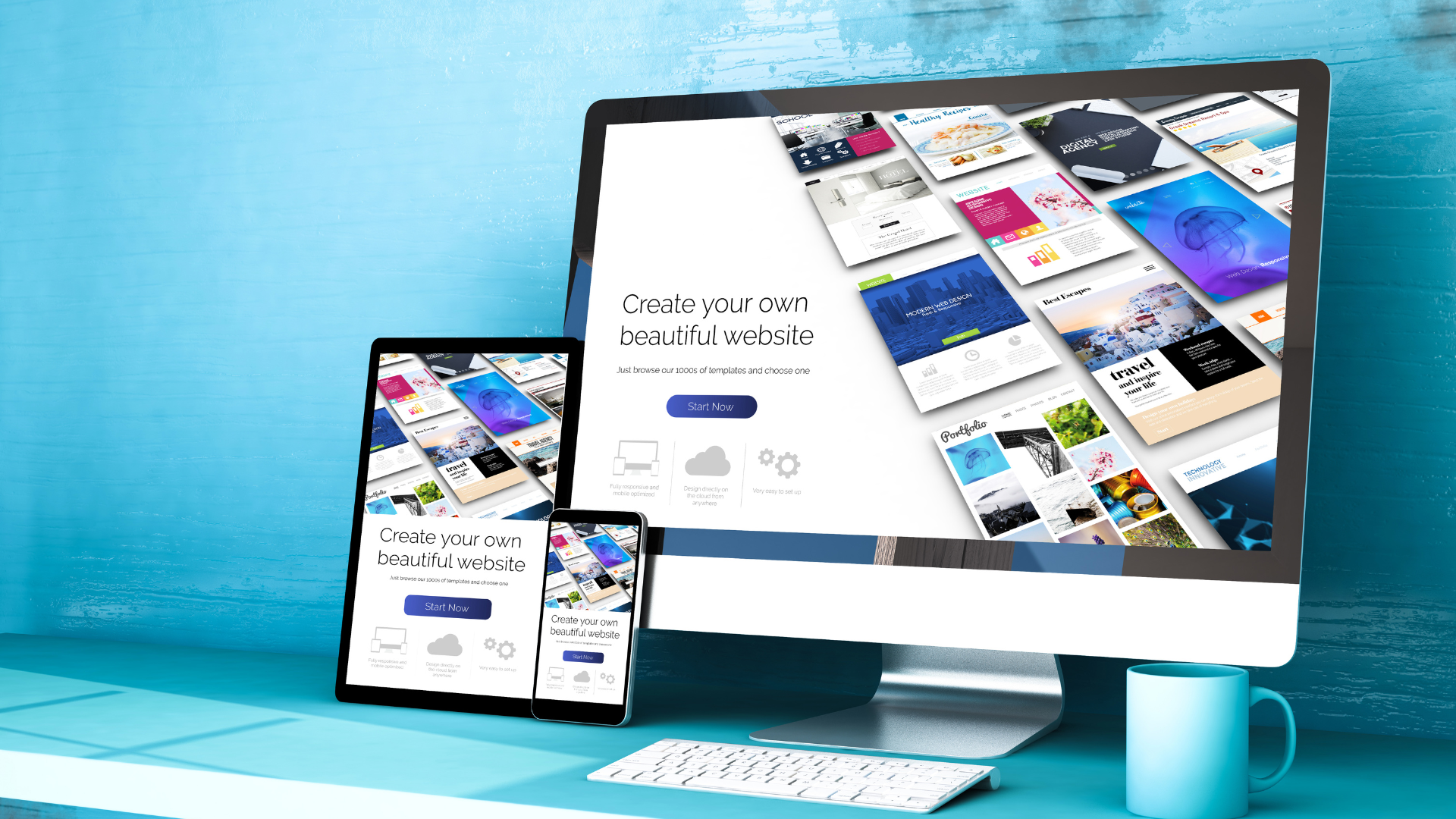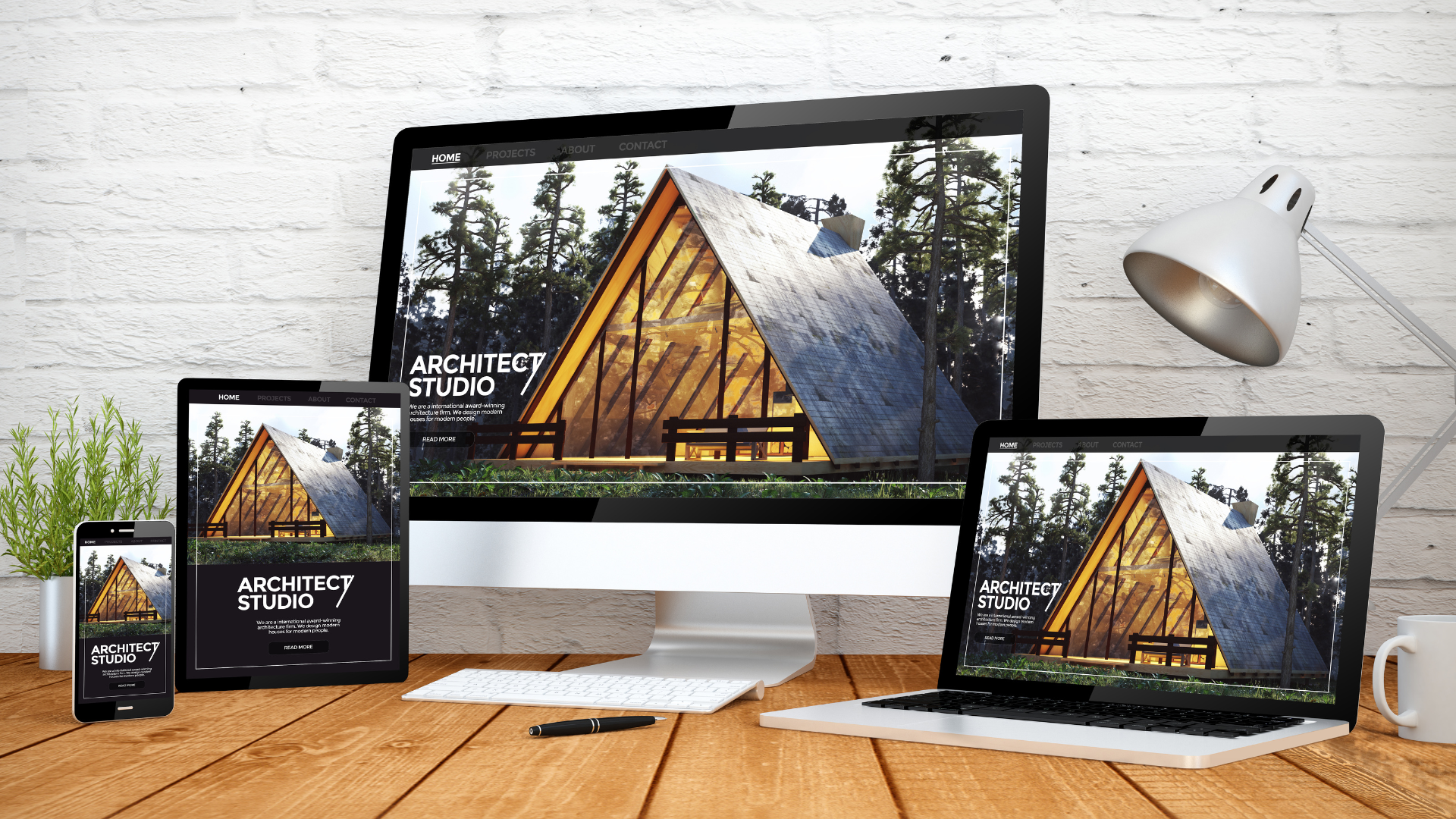Last Updated on July 29, 2024 by Monty Savage
Creating a website can seem daunting, especially for beginners. Choosing the right website builder is crucial for a smooth setup and long-term success. This guide will break down essential tips to help you get started with confidence.
Many website builders offer user-friendly interfaces and templates, making the process accessible even for those without technical skills. It’s important to compare features, pricing, and ease of use when selecting your platform.
Understanding your website’s purpose and audience will help you make informed decisions throughout the build. A clear vision can streamline design choices and ensure the final product meets your needs and goals effectively.

Choosing the Right Website Builder
When choosing a website builder, consider factors such as ease of use, available features, pricing, and customer support. Each factor plays a crucial role in ensuring the builder meets your needs and helps you create an effective website.
Ease of Use
Ease of use is critical, especially for beginners. A user-friendly interface can save time and reduce frustration. Look for drag-and-drop functionality and pre-built templates, which simplify the creation process.
Website builders like Wix and Squarespace are known for their intuitive interfaces. Consider conducting a trial run to test how comfortable you feel using the platform. Tutorials and guides can also aid in the learning process, making it easier to get started.
Features and Flexibility
Examine the features and flexibility offered by the website builder. Ensure it supports essential components like e-commerce, blogging, and SEO tools. It should also allow customisation options to match your brand’s look and feel.
WordPress.com offers extensive plugins and themes, providing great customisation. Meanwhile, Shopify is tailored for e-commerce with advanced sales tools. Assess the scalability of the platform to accommodate future growth and changes in your website.

Pricing and Plans
Pricing and plans vary widely among website builders. Compare costs based on your budget and the features you require. Most platforms offer tiered plans with varying levels of access and capabilities.
For instance, Weebly offers a range of plans from free to premium, each with different features. Look for any hidden fees, such as domain registration or transaction fees. Be aware of renewal rates, which can sometimes be higher than the initial pricing.
Customer Support and Resources
Strong customer support and resources are vital for resolving issues and learning how to use the website builder effectively. Look for platforms that offer comprehensive help through live chat, email support, and phone support.
Squarespace and Wix provide extensive customer service and resource centres with articles, videos, and community forums. Check the quality and responsiveness of the support to ensure timely assistance when needed.
Designing Your First Website
Creating a successful website involves understanding and choosing the right templates and themes, customising them to fit the brand, and ensuring a great user experience while prioritising search engine optimisation.
Understanding Templates and Themes
Choosing the right template or theme sets the foundation for the website’s design. Templates offer pre-designed layouts that influence the site’s look and feel.
Themes provide a cohesive design framework, including colours, typography, and overall style. It’s important to select a theme that aligns with the website’s purpose and audience. Modern templates often come with responsive designs, ensuring they work well on both desktop and mobile devices. Evaluate the customisation options each template or theme offers before committing.

Customisation Techniques
Once a template is selected, personalisation begins. Customisation allows the website to reflect the brand’s unique identity. This could involve tweaking colours, fonts, and layouts, or adding custom graphics and logos.
Using a builder’s drag-and-drop features, one can reposition elements like text boxes, images, and buttons to create a more engaging design. Advanced users might dive into CSS for more fine-tuned adjustments. Always preview changes on multiple devices to maintain a consistent look.
Optimising for User Experience
User experience (UX) focuses on making the site easy to navigate and enjoyable to use. Key elements include a clear, logical layout with intuitive navigation menus and quick load times.
Prioritise readability by choosing legible fonts and keeping text blocks concise. Ensure all important information is easily accessible. It’s also critical to incorporate responsive design so the site functions well on any device. Interactive elements like buttons should be clearly visible and easy to click.
Search Engine Optimisation Best Practices
Search engine optimisation (SEO) makes the site discoverable by search engines. Start by researching relevant keywords to include in the site’s content, headings, and metadata.
Use descriptive titles and meta tags for each page. Implementing clean, efficient code helps with page speed, a vital ranking factor. Image alt text and sitemaps also support SEO efforts. Regularly updating content and incorporating backlinks from reputable sources can boost the site’s visibility.


